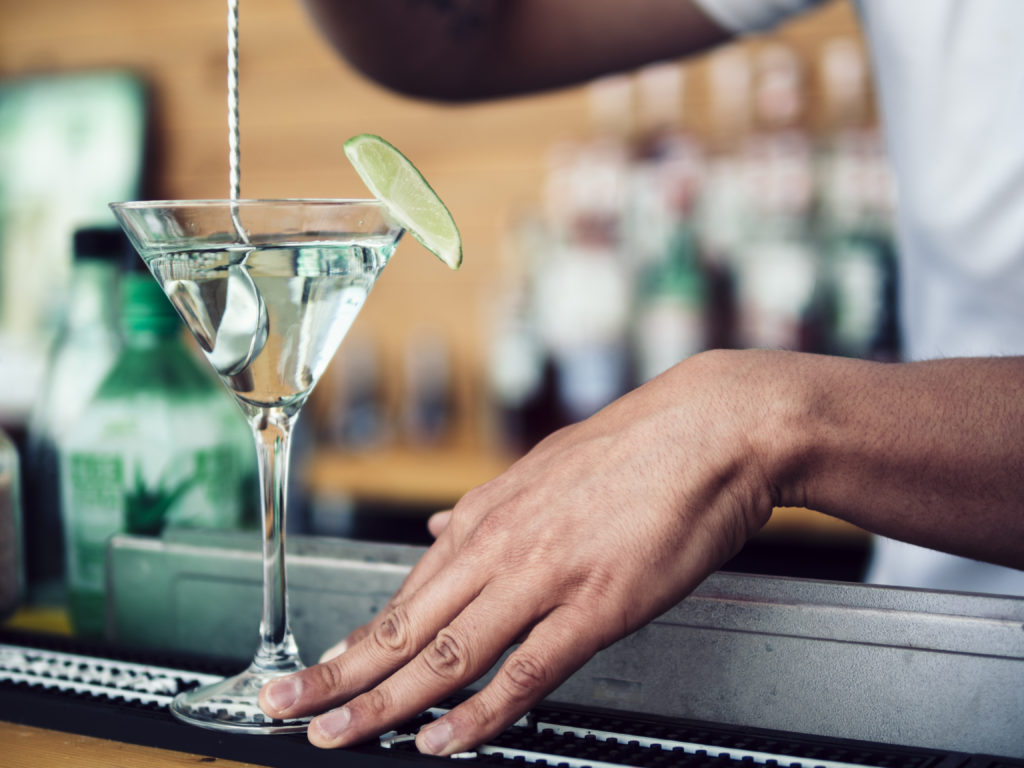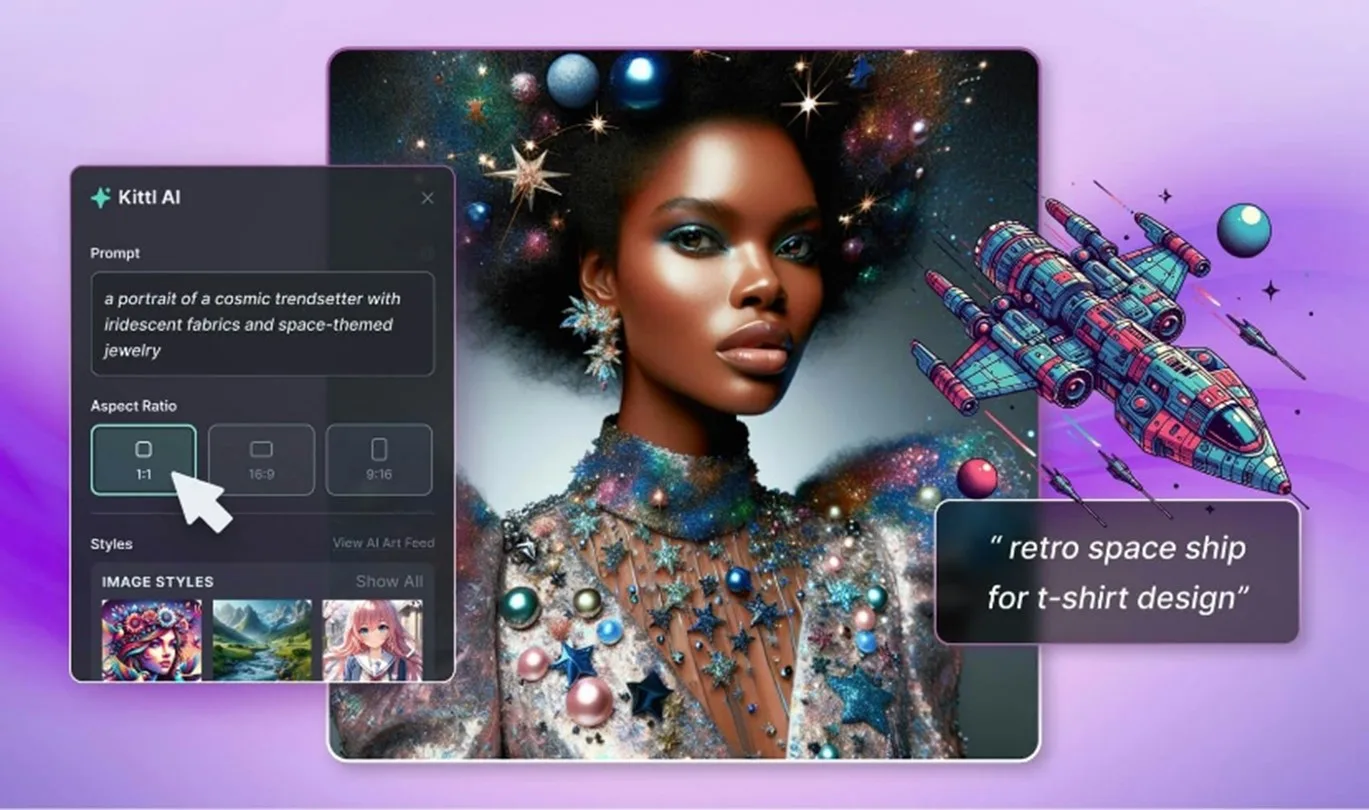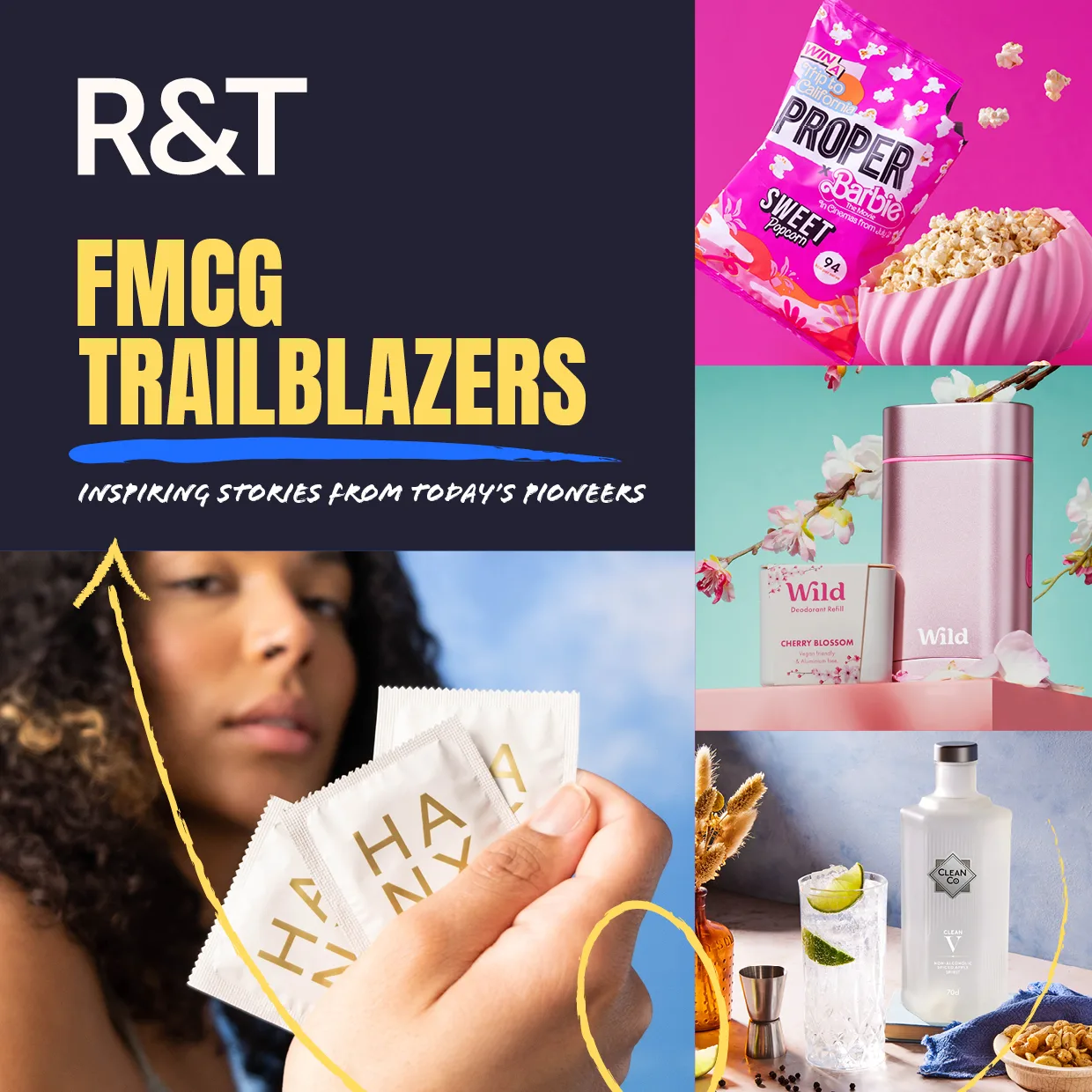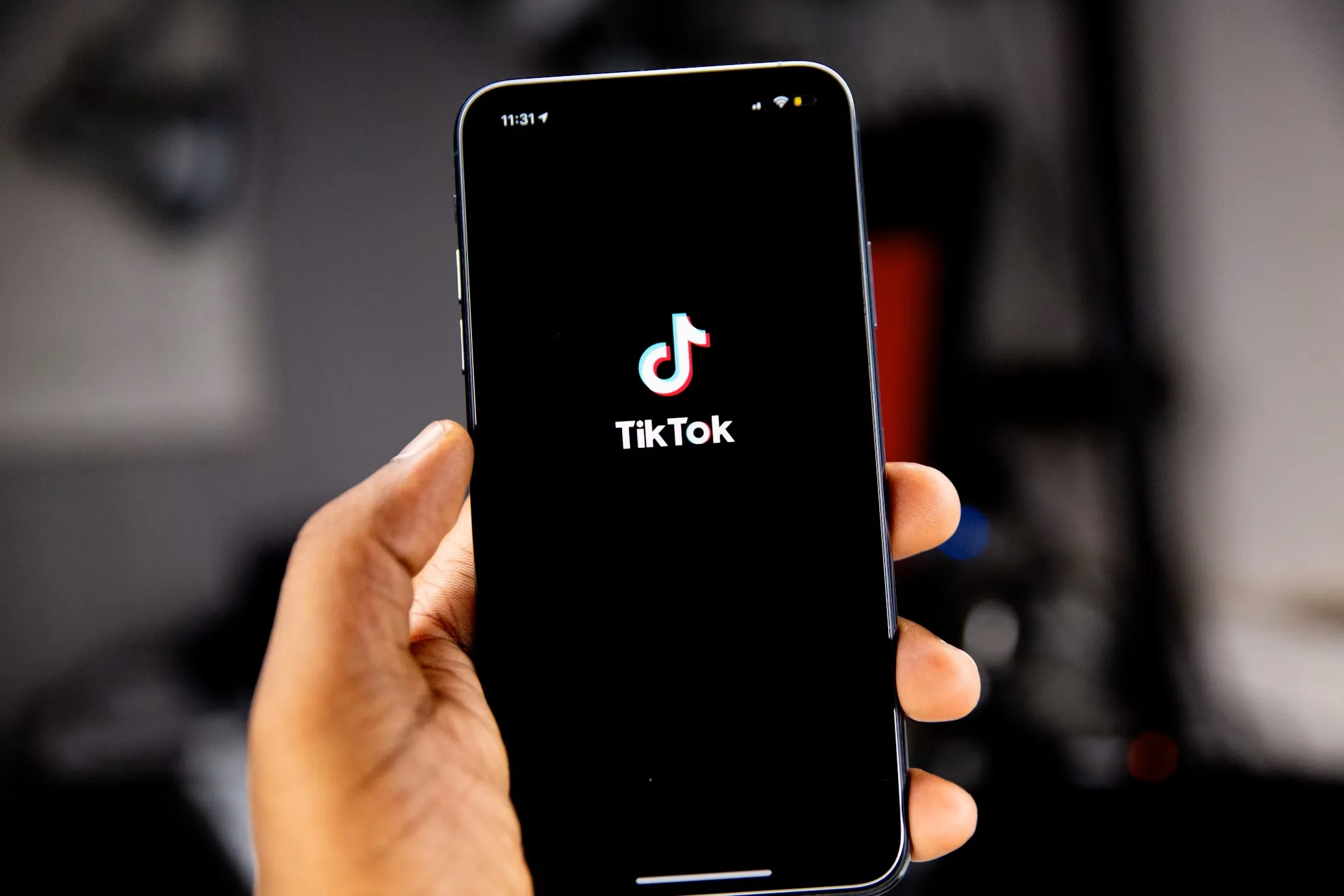
As
the month of abstinence, otherwise known as Dry January, draws to a close, many
participants are eagerly awaiting a hard-earned drink. However, with a flurry
of “no-lo” (no-to-low alcohol) beers and spirits hitting the shelves and increasingly
inventive mocktail menus, there are signs a more permanent shift in drinking
habits is underway led by health-conscious millennials.
What
began as a grass-roots challenge, launched by UK charity Alcohol Change in 2012, has today evolved into a national
movement with an estimated six million Brits pledging to go dry for 31 days.[1]
A
movement, it seems, that is influencing our drinking tendencies long term with
the World Health Organisation reporting a 5% decrease in global alcohol
consumption since the turn of the century, particularly in Europe and the US,
and most significantly among younger drinkers. So, as the no-lo trend shifts
from the periphery to the mainstream, what can we learn from these brands from
a communications perspective?
One
only has to look at the exponential rise of category pioneers Seedlip – which
now has a presence in over 25 countries – to recognise what can be said for identifying
a gap in the market. Founder Ben Branson launched the non-alcoholic spirit in
2015 to solve the dilemma of “what to drink when you’re not drinking”. By
offering consumers a sophisticated non-alcoholic drink which fits with their
lifestyle choices, Seedlip has successfully positioned itself as a quality alternative
rather than an inferior substitute.
Across
the no-lo sector marketers are tapping into this behavioural shift by
acknowledging that socialising needn’t be synonymous with alcohol consumption,
and non-drinkers still want to catch up with friends without the pressure of
drinking. Scottish beer giant Brewdog brought this message to life through an
experiential campaign earlier this January when it opened the world’s first alcohol free bar in central London to promote its AF
(alcohol-free) offerings. Similarly, Heineken has put the full weight of its PR
arsenal behind the launch of its ‘Say Yes’ campaign as it demonstrate its alcohol free
range as an enabler of a positive lifestyle which people can enjoy at mid-week drinks, lunchtime
beers or Sunday evening events.
Elsewhere,
low alcohol brands have been capitalising on greater freedom to make claims
about the supposed health benefits of their drinks in comparison to
restrictions placed upon traditional alcohol brands. This has seen a rise in
‘healthy’ alcoholic drinks that are designed to appeal to ‘generation wellness’
thanks their low calorie, carbohydrate and gluten content. Californian craft
beer brand Sufferfest,
which uses the tag line ‘will sweat for beer’, is doing this particularly well.
It uses its low-gluten, electrolyte filled, sports performance enhancing beer
as a point of difference in its communication to consumers. In doing so, the sector
is changing the concept of non-drinking from one of necessity to a positive and
deliberate choice.
Given
the paradigm shift in people’s perceptions towards alcohol, the established
brands would do well to learn from the no-lo category’s effective response to consumer
demands and behavioural shifts. Ultimately, the no-lo boom has taught us that
today’s consumers are making more informed decisions about their tipple and
expect brands to communicate exactly where their offerings fit with modern
lifestyles.
[1] Alcohol Change

Navigating the fast-paced media landscape requires a dedication to innovation and a deep grasp of industry trends. At the heart of this transformation is Artificial Intelligence (AI), a total game-changer reshaping how we handle tasks and workflows. If the thought of this new ‘co-worker’ freaks you out as much as… Read more

We’ve delved into the minds of some of the biggest brand innovators around to uncover their secrets of success and inspiration. Brands aren’t just threads in life’s fabric; they’re engines of inspiration. Behind these brands are some of the world’s most influential leaders, driving change and innovation. That’s why we’ve… Read more

It’s no secret that we’re currently living through the age of social media, where platforms such as TikTok have become more than just entertainment hubs with viral dances and comedic skits — but now a powerful marketing influence that’s totally shaping consumer behaviours and trends, particularly in world of grocery… Read more